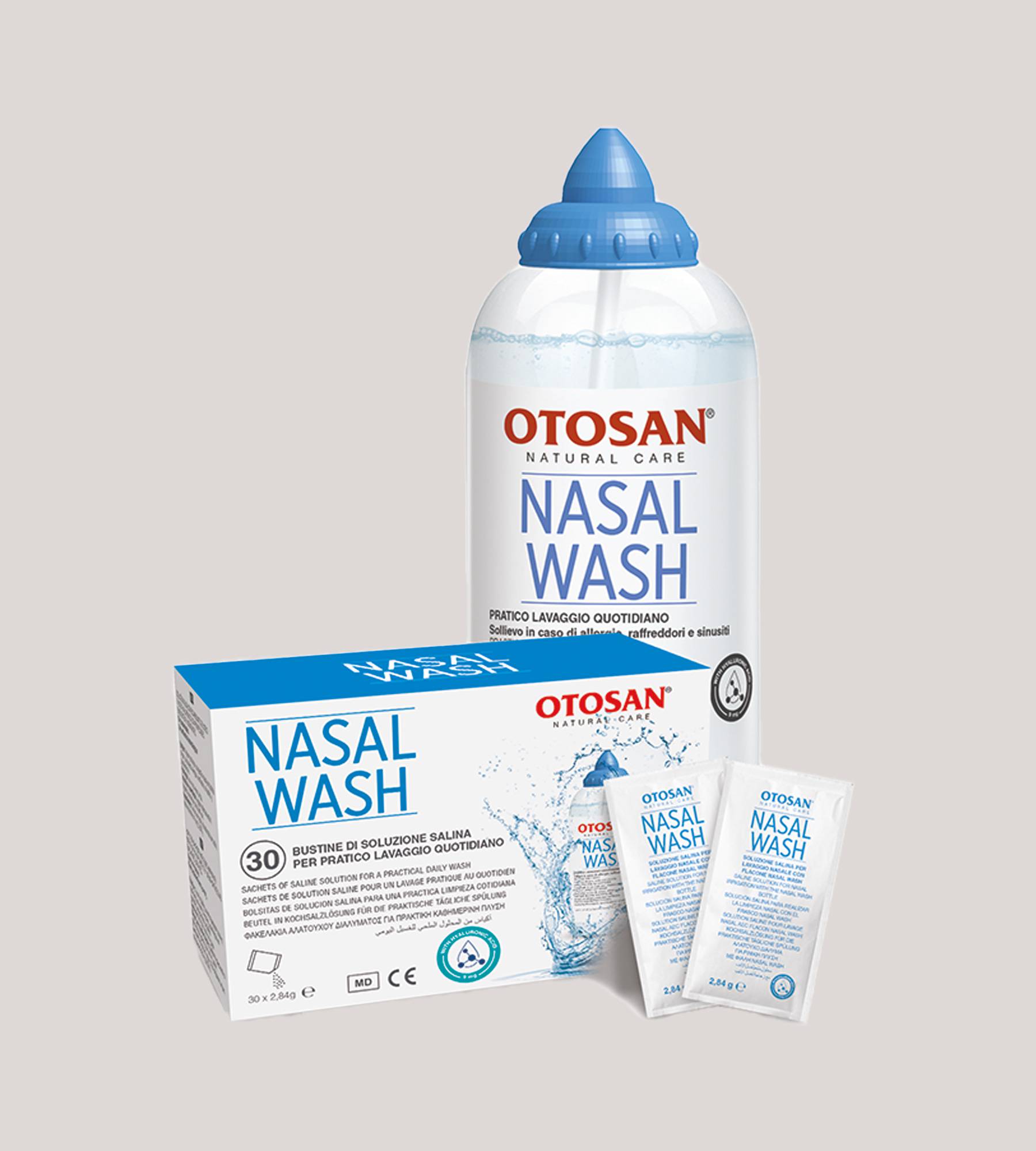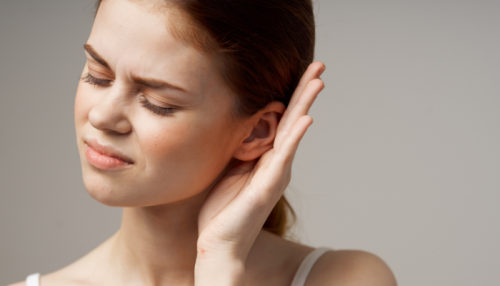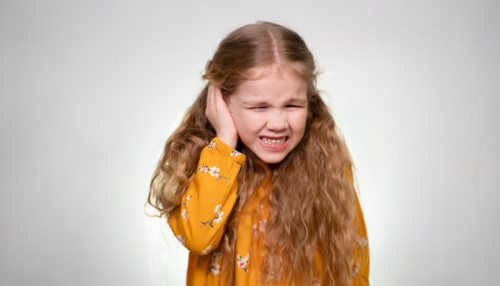Sinusitis, typical symptoms and main remedies

Reading time: about 4 minutes
Sinusitis, or inflammation of the sinuses, is one of the topics in otolaryngology about which the most urban legends circulate. All it takes is a severe cold and a headache to point to sinusitis as the culprit and often resort to the use of antibiotics. But we are not always on the right track. Let's understand a little more.
Contrary to what many people think sinusitis, or rather rhinosinusitis, should not be treated by default with antibiotics because in most cases it is viral in origin. In fact, it is usually caused by viruses, and only in some cases are bacteria guilty from the onset of the disease.
What is rhinosinusitis?
As the term suggests, it is an inflammation of the nose and sinuses, air-filled cavities carved into the bones of the face, all communicating with the nose. It is always preceded by nasal pathology, typically a cold, which extends to the sinuses, inflaming and swelling the membranes that line them so much that they obstruct the small passages that connect them to the nose and cause pain and inflammation. Obstruction of the sinuses also promotes the stagnation of mucus, which can become polluted with germs. Unfortunately, it often happens that it is underestimated and not properly treated, thus increasing the risk of relapse (in such cases we talk about recurrent sinusitis) and becoming a chronic problem.
What are the typical symptoms?
First, acute sinusitis should be suspected when a cold lasts more than a couple of weeks. Characteristic symptoms are a stuffy nose, discharge of phlegm from the nose, and, depending on the inflamed sinus, a sense of pressure in the face when bending over, pain in the forehead, eyes, nose and cheekbones, and/or upper dental arch. When sinusitis becomes chronic, in addition to nasal obstruction and nose bleeding, there may be other complaints such as descent of phlegm down the throat and subsequent coughing (the lungs are healthy though), sense of pressure to the face, and a decreased sense of smell and taste.
How is the diagnosis made?
Diagnosis is based on symptoms and observation of the nasal cavities with the fibroscope, a special fiber-optic instrument capable of collecting a high-quality photographic record of the areas. When the suspicion that the inflammation is now chronic intervenes, it is useful to do a CT scan and possibly allergy tests and an allergic component is hypothesized. Finally, in the rare cases when a granuloma is evident, a biopsy should be done.
Sinusitis: remedies.
Always helpful are nasal washes, inhaled steroids, and nasal sprays of natural origin that act as decongestants. If symptoms suggest bacterial sinusitis, which is usually recognized because it tends to worsen after the first ten days, antibiotic treatment is used. Antibiotic treatment can also be considered for critical forms: in these cases, special low-dose antibiotics are used, usually to be taken for twelve weeks. This approach often leads to good results, with reduced levels of inflammatory cytokines. Only in selected cases is surgery performed endoscopically through the nasal passages used. This type of surgery can give fair immediate benefits, but patients often experience subsequent relapses.
What about children?
Many people think that sinusitis is a disease that is the preserve of adults and therefore does not afflict children; this is actually not the case. Children, until they are about 10-12 years old, cannot develop only frontal sinusitis, because the frontal sinuses are not yet formed. However, the ethmoidal and maxillary sinuses can become inflamed.
Complications:
If sinusitis is neglected and not properly treated, you run the risk not only of it becoming chronic, but also of complications. The infectious process could, in fact, extend to the internal cavities of the skull (intercranial) or extracranial (orbits). In the former case, accesses could form or even meningitis could occur. If the orbits are affected, one risks orbital cellulitis, which is an acute inflammation affecting the periorbital fatty tissue, or bone complications, such as osteomyelitis of the frontal sinus.
Fortunately, today, thanks to increasingly refined diagnostic techniques, broad-spectrum antibiotics, and careful surgery when necessary, complications have become very rare.
The Otosan line of nasal products: Relieves nasal congestion through the sanitizing/emollient action of hypertonic saline solution and the anti-inflammatory/protective action of added natural substances.
ATTENZIONE: Le informazioni riportate in questa pagina provengono da Fonti aziendali e sono pubblicate dopo attente verifiche delle fonti, scelte con cura e per quanto possibile aggiornate ed ufficiali, ma non devono essere considerate informazioni complete e universali, né è possibile garantire l’assenza di errori e la correttezza delle informazioni divulgate.
Testi, immagini, foto e disegni relativi a Dispositivi Medici e Presidi Medico-Chirurgici contenute in questa pagina non hanno carattere né natura di pubblicità e si rivolgono ad un pubblico clinicamente informato. Otosan srl ha la facoltà di apportare eventuali modifiche alle informazioni pubblicate senza darne avviso preventivo. È vietata la riproduzione al pubblico se non per uso strettamente personale e non pubblico.









